Cats, with their graceful demeanor and mysterious aura, are often masters at hiding discomfort. As a devoted pet owner, recognizing when your feline friend is in pain can be challenging yet crucial. Stomach aches in cats can be particularly tricky to detect, but understanding the subtle signs can make all the difference in ensuring your furry companion’s well-being. This guide will walk you through the top ten signs that may indicate your cat is experiencing a stomach ache, helping you provide the care they need.
1. Changes in Appetite
One of the first indicators that your cat might be suffering from a stomach ache is a noticeable change in their eating habits. Cats are creatures of habit, and any deviation from their regular feeding routine can be a red flag. If your cat suddenly refuses food or seems disinterested in their favorite treats, it might be due to nausea or abdominal discomfort. Conversely, some cats might overeat as a coping mechanism, possibly due to gastrointestinal irritation. Observing these changes and acting promptly can prevent further complications. Remember, while a single missed meal isn’t always a cause for alarm, persistent changes warrant a closer look.
2. Frequent Vomiting
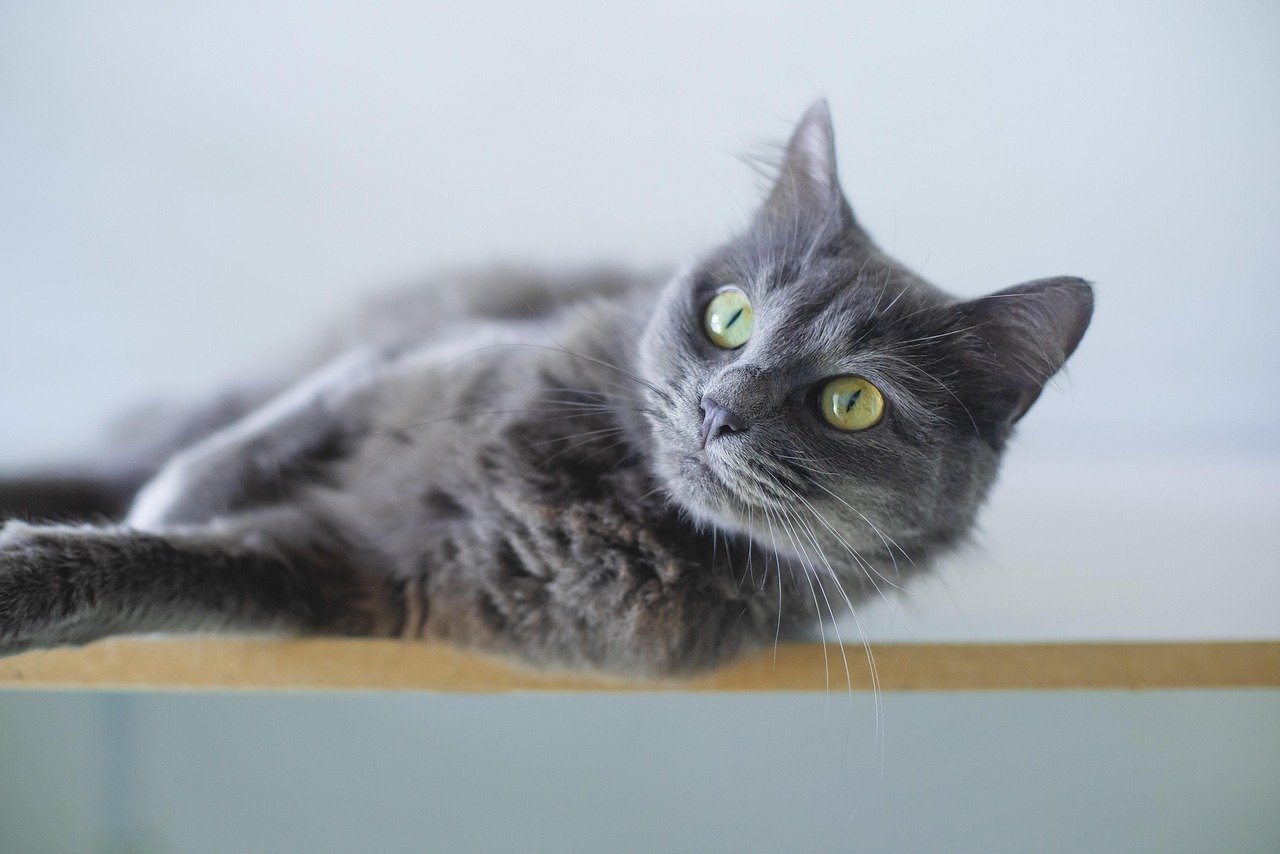
Vomiting is an unmistakable sign that something isn’t right with your cat’s digestive system. Occasional hairballs are normal, but frequent vomiting can indicate a more serious issue. Cats may vomit due to a variety of causes, including dietary indiscretion, ingestion of foreign objects, or underlying health problems. If your cat is throwing up repeatedly, especially if the vomit contains blood or bile, it’s crucial to consult a veterinarian. Keep track of the frequency and nature of the vomiting, as this information can be invaluable in diagnosing the problem.
3. Lethargy and Reduced Activity
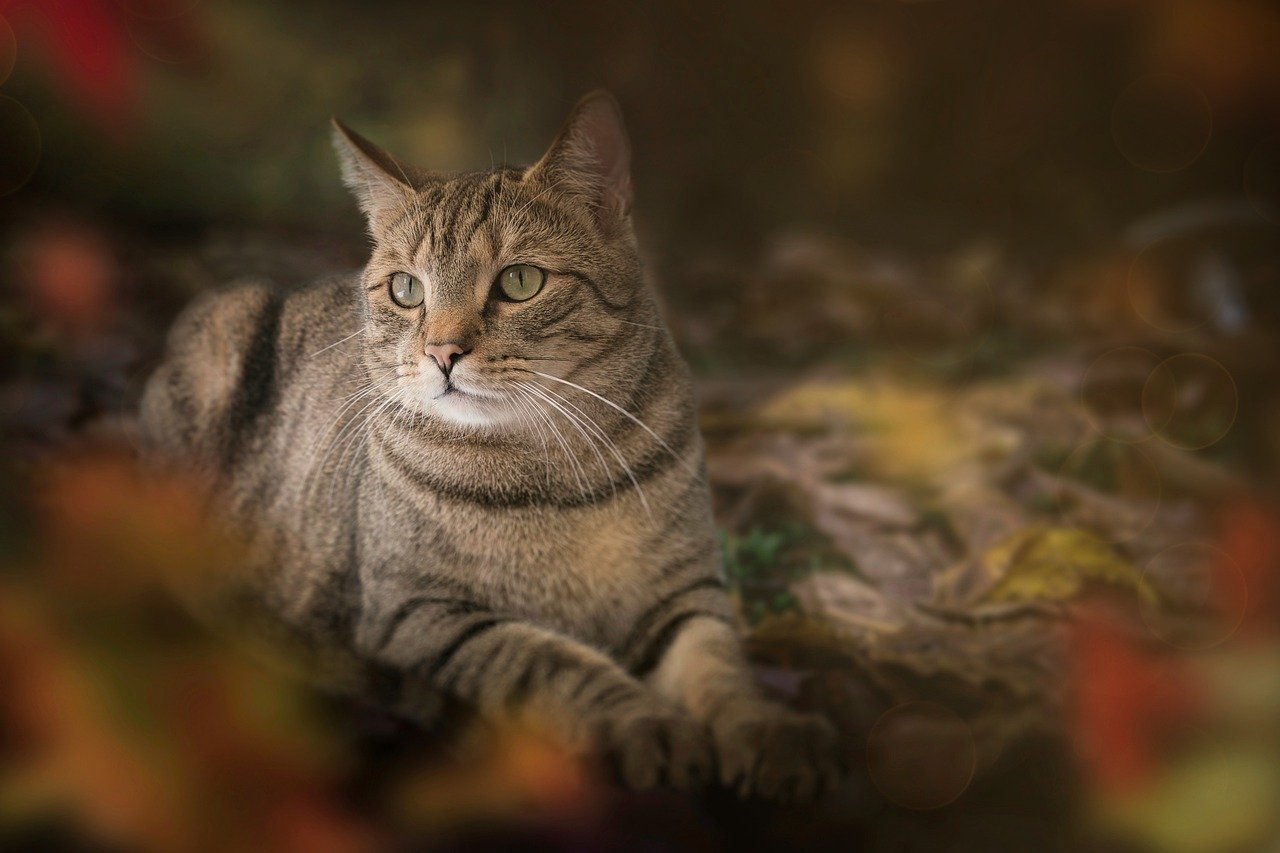
Cats are known for their playful and sometimes mischievous behavior, so a sudden drop in energy levels can be concerning. Lethargy, or a lack of enthusiasm for play and interaction, might be a sign of abdominal pain. When a cat is feeling unwell, they may prefer to sleep more and move less, conserving energy as their body tries to heal. This behavior can often be accompanied by a general sense of malaise, where your feline friend seems less interested in their surroundings. Monitoring your cat’s activity level can provide insights into their overall health.
4. Unusual Posture and Grooming Habits
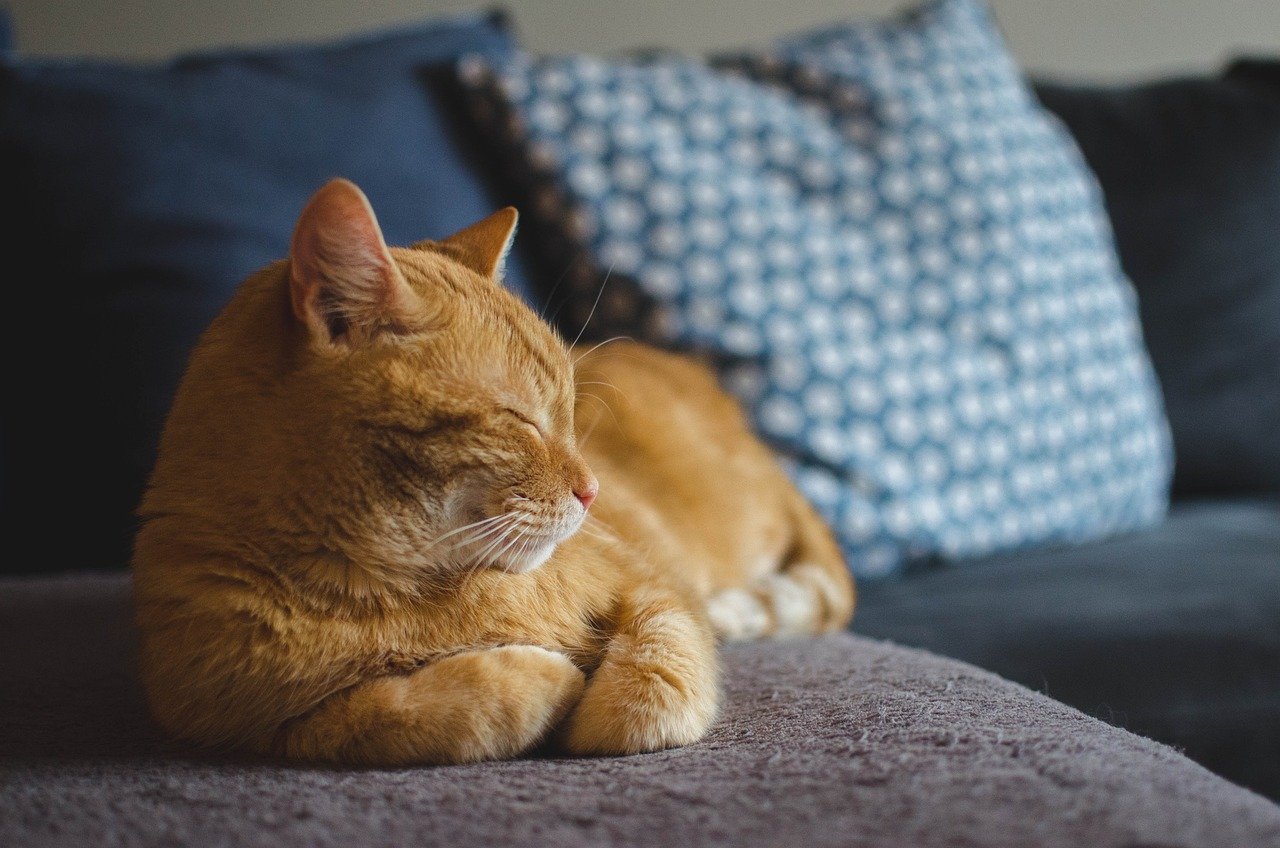
Cats in discomfort may adopt unusual postures in an attempt to alleviate pain. You might notice your cat hunched over, with their back arched or lying in a loaf position more frequently. These postures can indicate abdominal pain or discomfort. Additionally, a cat experiencing a stomach ache may groom excessively, particularly around the abdominal area, as a self-soothing behavior. On the flip side, a cat in pain might neglect grooming altogether, leading to a matted and unkempt coat. Both extremes can be telling signs of underlying issues.
5. Diarrhea or Constipation
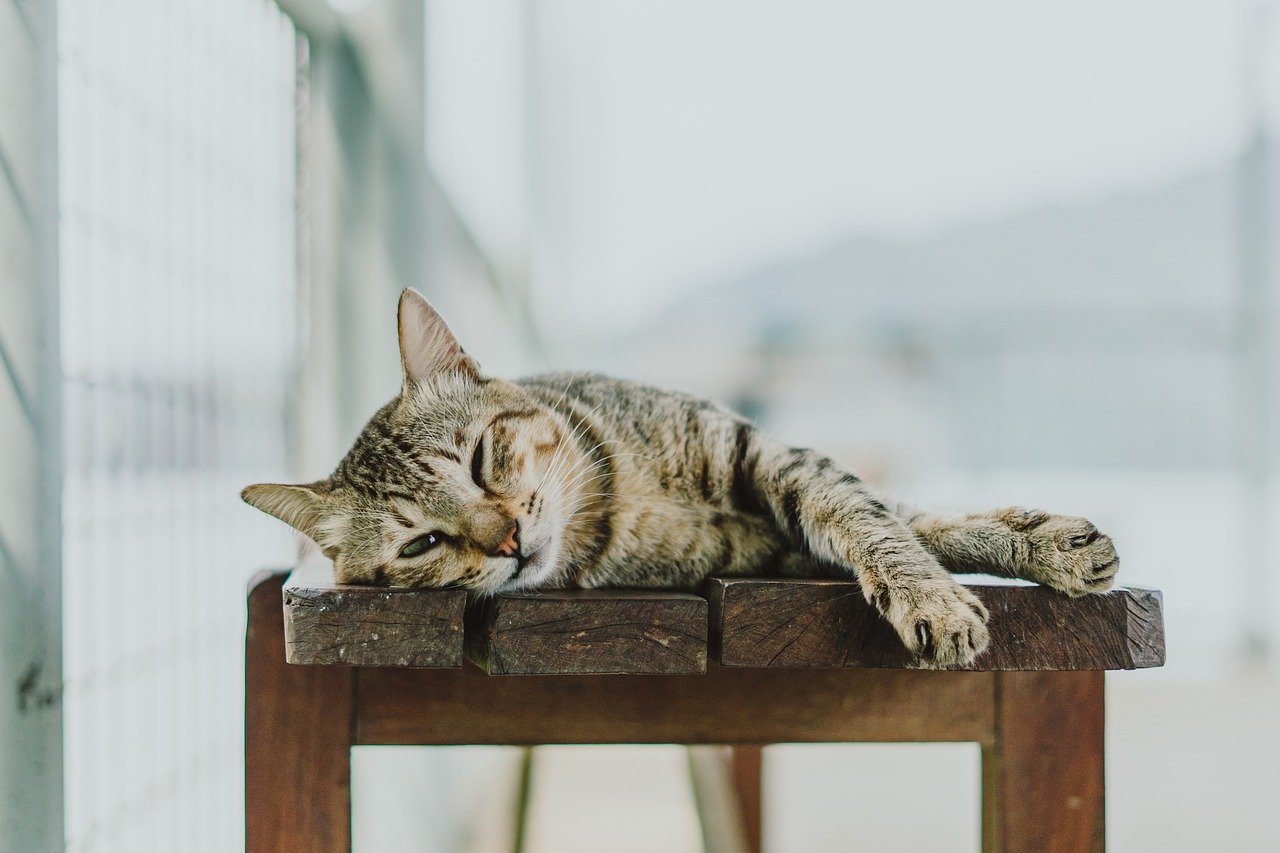
Changes in bowel movements are another common sign of digestive distress in cats. Diarrhea can result from a variety of causes, ranging from dietary changes to infections or parasites. It can lead to dehydration and weight loss if not addressed promptly. On the other hand, constipation can also signal digestive issues. A cat that strains to defecate or produces hard, dry stools may be suffering from a gastrointestinal blockage or other health concerns. Regularly monitoring your cat’s litter box habits can provide clues to their digestive health.
6. Increased Vocalization
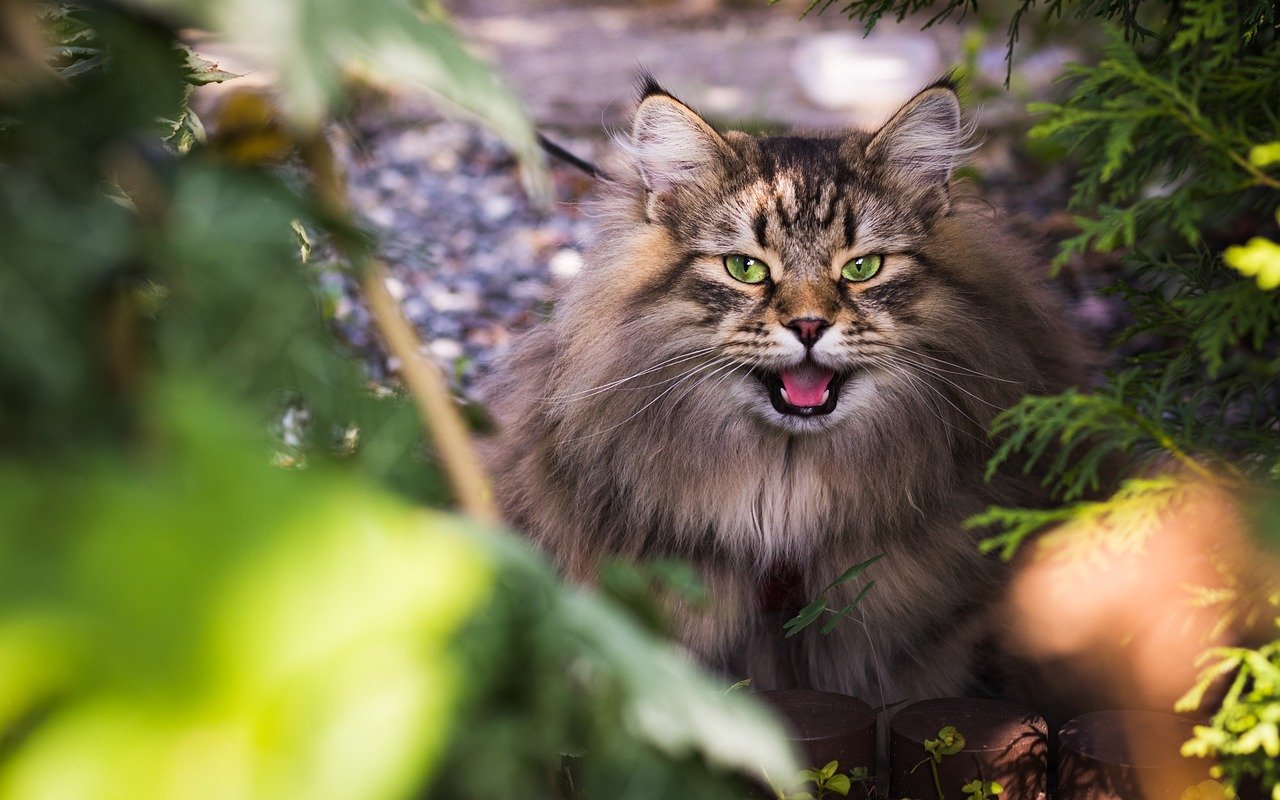
Cats communicate through a range of vocalizations, and an increase in meowing or yowling can signal discomfort. If your cat is suddenly more vocal, especially in a distressed or plaintive tone, it might be expressing pain. Pay attention to when these vocalizations occur; for instance, if your cat cries out when picked up or during certain movements, it could indicate abdominal pain. While some cats are naturally more talkative, a sudden change in vocal behavior is worth investigating further.
7. Sensitivity to Touch
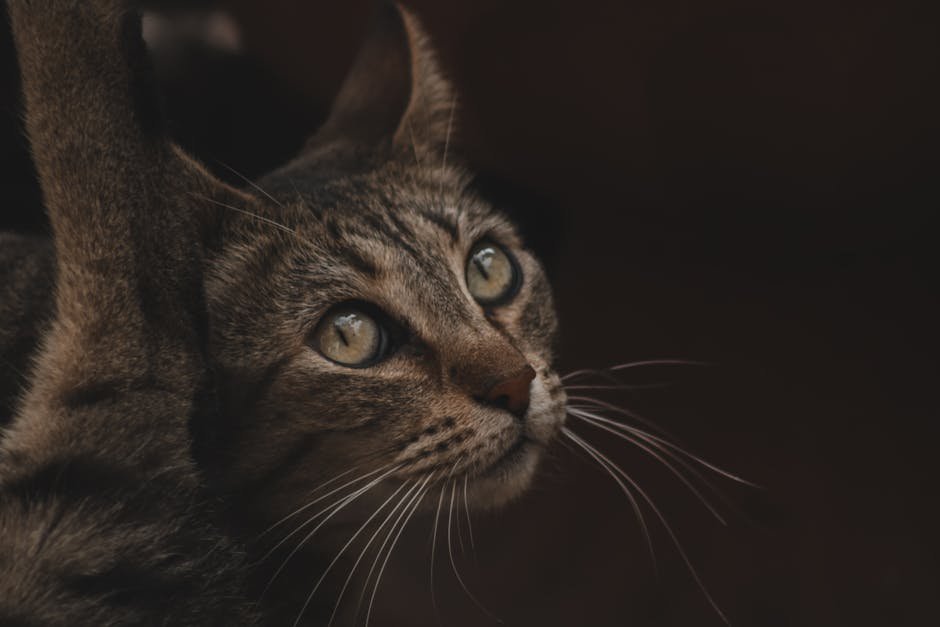
Cats experiencing stomach pain may become more sensitive to touch, particularly around the abdominal area. When petting your cat, you might notice them flinch or shy away from your hand, especially if you touch their belly. Some cats may also become more irritable or aggressive if they are in pain, displaying behaviors such as hissing, swatting, or biting when approached. Observing how your cat reacts to being touched can offer insights into their comfort level and potential areas of discomfort.
8. Weight Loss
Unexplained weight loss can be a sign of underlying health issues, including stomach problems. If your cat is losing weight despite having a good appetite, it might indicate malabsorption or other gastrointestinal issues preventing proper nutrient absorption. Rapid weight loss can lead to further health complications, so it’s essential to address the cause promptly. Regularly weighing your cat and monitoring their body condition can help you catch any concerning trends early.
9. Changes in Drinking Habits
Hydration is essential for your cat’s overall health, and changes in drinking habits can signal digestive problems. A cat with a stomach ache might drink more or less water than usual. Increased thirst can be a symptom of dehydration, often linked to vomiting or diarrhea. On the other hand, a decrease in water intake might indicate nausea or a lack of interest due to discomfort. Ensuring your cat has access to fresh water and monitoring their drinking behavior can help you spot potential issues.
10. Bad Breath
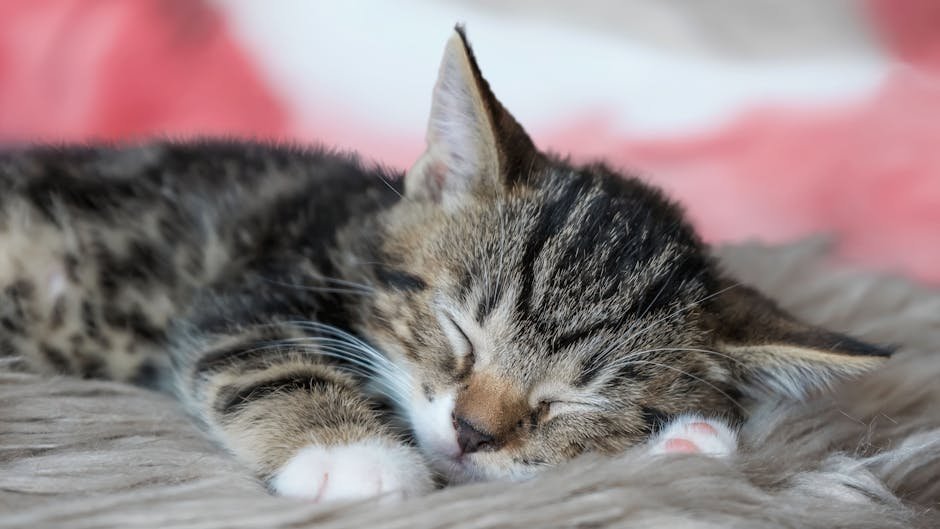
While not the most obvious sign, bad breath can sometimes indicate digestive issues in cats. If your cat’s breath has a foul odor, it might be due to gastrointestinal problems or dental issues affecting their overall digestion. Bad breath can also be a sign of liver or kidney disease, both of which can cause stomach discomfort. Regular dental care and check-ups can help identify the root cause of this symptom and ensure your cat’s health.
Understanding these signs can empower cat owners to take timely action when their beloved pets are in distress. Always consult with a veterinarian if you suspect your cat is experiencing a stomach ache, as they can provide the necessary care and treatment. Your attentive observation can make a world of difference in your cat’s health and happiness.

Suhail Ahmed is a passionate digital professional and nature enthusiast with over 8 years of experience in content strategy, SEO, web development, and digital operations. Alongside his freelance journey, Suhail actively contributes to nature and wildlife platforms like Feline Fam, where he channels his curiosity for the Feline into engaging, educational storytelling.
With a strong background in managing digital ecosystems — from ecommerce stores and WordPress websites to social media and automation — Suhail merges technical precision with creative insight. His content reflects a rare balance: SEO-friendly yet deeply human, data-informed yet emotionally resonant.
Driven by a love for discovery and storytelling, Suhail believes in using digital platforms to amplify causes that matter — especially those protecting Earth’s biodiversity and inspiring sustainable living. Whether he’s managing online projects or crafting wildlife content, his goal remains the same: to inform, inspire, and leave a positive digital footprint.






